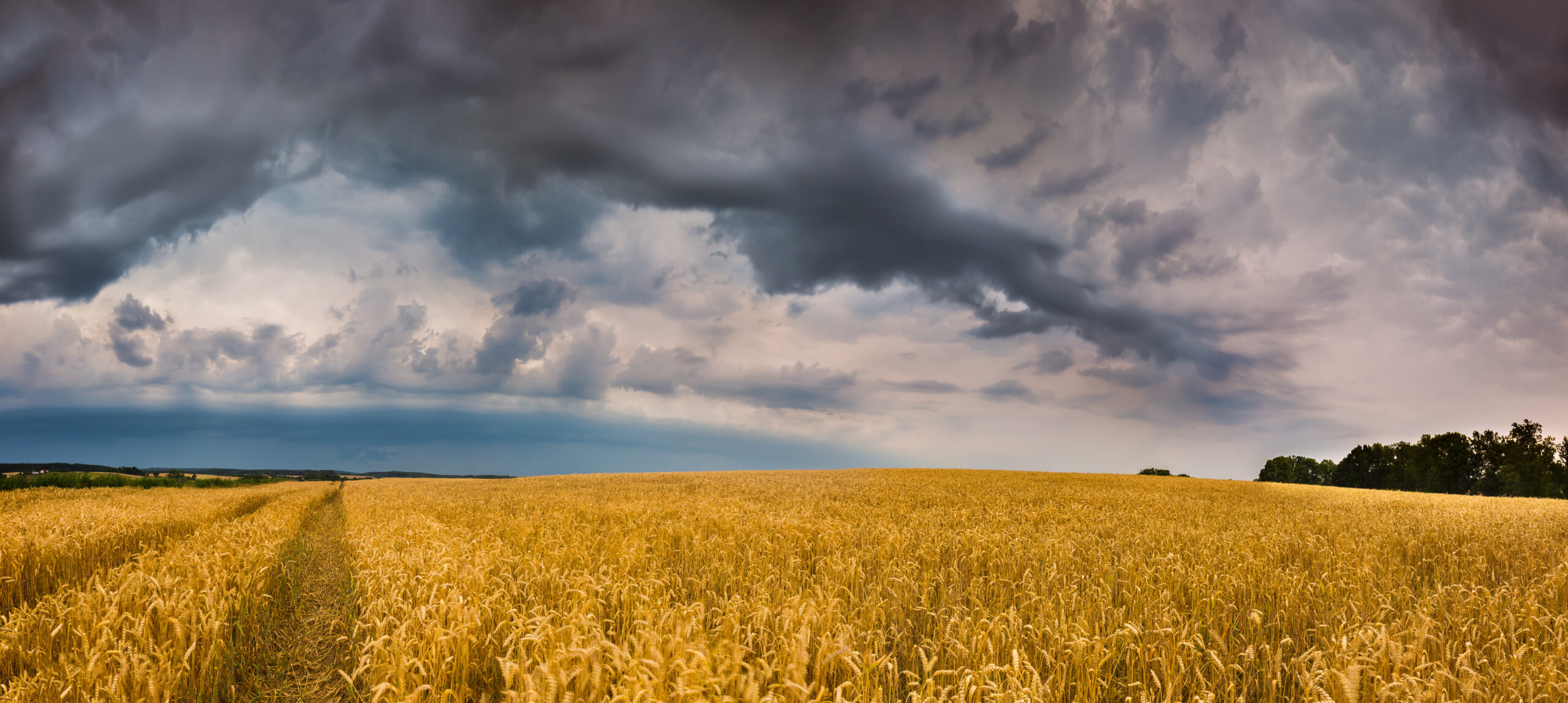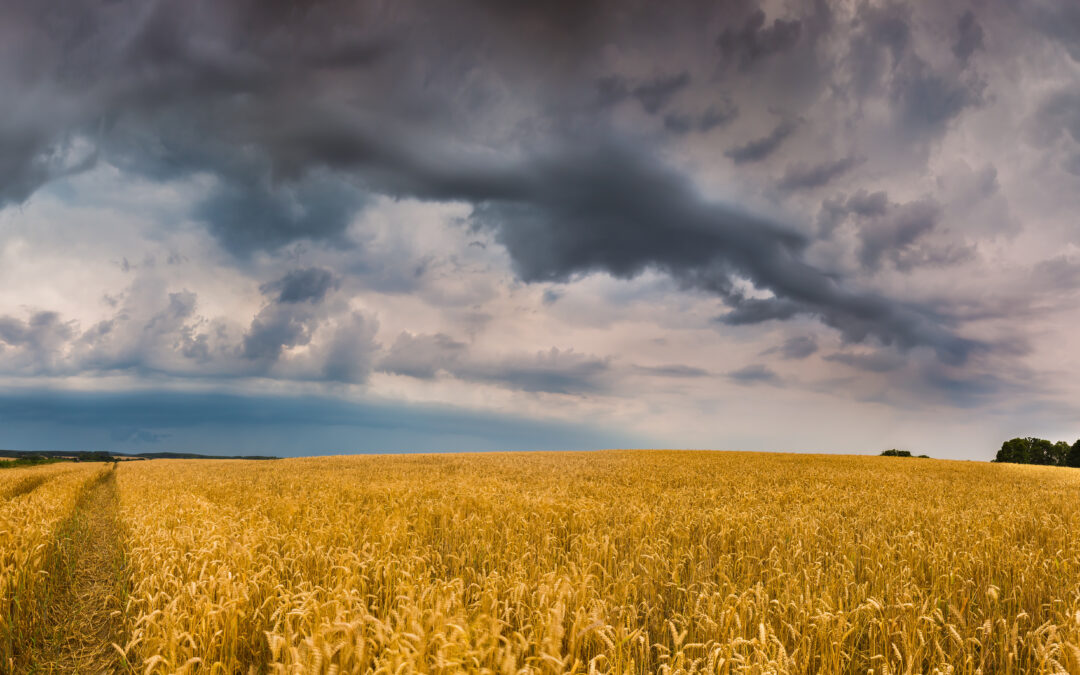Are you ready for the ultimate guide to surviving natural disasters? Disaster preparedness is crucial in ensuring your safety and that of your loved ones during times of crisis. In this article, we will cover everything you need to know about preparing for a natural disaster, from creating a plan to building an emergency kit and staying safe during and after the event. Let’s get started!
Introduction to Disaster Preparedness:
Disaster preparedness refers to the steps taken beforehand to ensure that you are equipped to handle any type of natural disaster. It involves being proactive rather than reactive, as it can be challenging to make decisions under stressful situations. By taking the necessary precautions ahead of time, you can increase your chances of survival and minimize the impact of the disaster on yourself and those around you.
Creating a Disaster Plan:
The first step in disaster preparedness is creating a plan. This should include details on how to evacuate safely, where to go, and what to do in case of different types of disasters. You should also identify potential risks in your area and develop strategies to mitigate them. Make sure everyone in your household knows the plan and practices it regularly.
Building an Emergency Kit:
Another essential aspect of disaster preparedness is building an emergency kit. This should contain supplies that will help you survive until help arrives or you can reach a safer location. Some items to include in your kit are non-perishable food, water, flashlights, batteries, first aid supplies, and clothing appropriate for the weather. Remember to keep your kit up-to-date and replace expired items periodically.
Staying Safe During and After the Disaster:
During a disaster, it’s critical to follow the advice of local authorities and stay informed through reliable sources such as radio or TV stations. If instructed to evacuate, do so immediately and take your emergency kit with you. Once the danger has passed, stay inside until officials give the all clear. Be cautious when returning home, as there may still be hazards present.

In conclusion, disaster preparedness is vital in ensuring your safety and wellbeing during natural disasters. By following these tips, you can create a plan, build an emergency kit, and stay safe during and after the event. Remember, being proactive is key to surviving a disaster.






